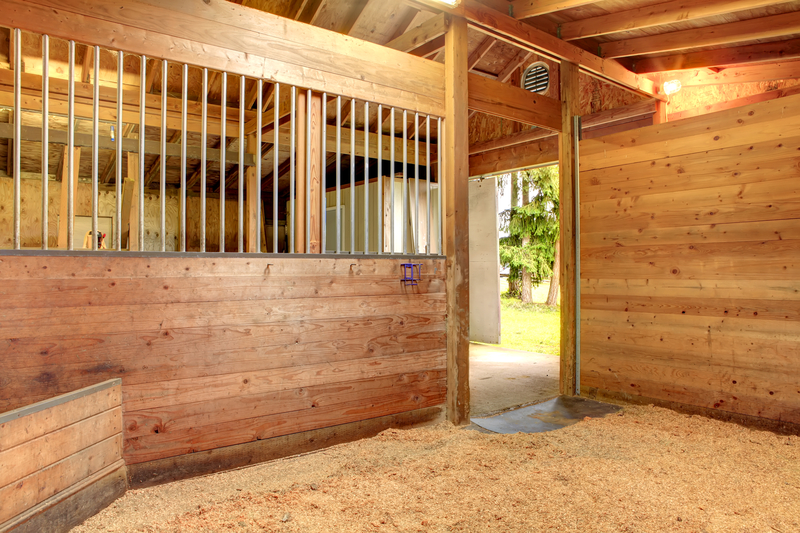Horse Bedding ~ 4 Myths About Pine & Cedar

Pine is Fine: 4 Myths About Pine & Cedar Horse Bedding & Why They May Not Be the Best Option.
As we all know, the primary function of horse bedding is to create a dry and comfortable environment for the animal. Although pine shavings and pellets are widely used, and a popular bedding choice, when the health and care of your animal are your main priorities, pine may not be your best option and here are four myths why.
- Pine & cedar shavings are absorbent – Shavings are not that absorbent. Let’s consider the shape of the product -Shavings and flakes are flat and have not maximized the surface area and therefore are unable to absorb urine efficiently. Most urine just passes through the bedding until it hits the floor – this leads to more urine and ammonia in your stall, and the increased need for stripping stalls, which contributes to a larger amount of waste, not to mention more work.
- Softwoods are healthy for animals – Softwoods like pine and cedar contain organic compounds that are linked to health and respiratory problems (asthma, inflammation, allergic responses) and changes in the liver. Sap and other volatile aromatics can be absorbed by the skin and can cause reactions like hives on your pet or yourself.
- Heat Treated or Kiln Dried Means it’s 100% safe – General statements like “Heat treated” or “kiln dried” does not guarantee the absence of mycotoxins, nor does it guarantee that there is no exposure to chemical additives. Often Shavings area byproduct of lumber production (especially bulk loads) and therefore are not a product of a standardized manufacturing process. While bagged shavings often claim that they are heat treated or kiln dried unless we know the exact process or what the company is willing to guarantee it’s hard to interpret what those claims really mean. What percentage of moisture exists? Have contaminants such as molds and mycotoxins been eliminated and the product guaranteed free of same? Is it a closed manufacturing process? From the time the tree is cut down is it ever exposed to any potential contaminants? Does the product meet National Institute of Health (NIH) standards?
- Shavings & Pellets Create Less Work & Waste – A greater amount of shavings or pellets is needed not only in order to create a dry, comfortable habitat for your animals but to also ensure a cushioned stall. You will also have to replace shavings and flakes more frequently since it’s hard to sift waste from them and unabsorbed urine has likely spread in the bottom layer. This can also lead to increased stall stripping. Replacing bedding more often leads to more overall waste and cost. It’s also true that shavings and flakes take much longer to break down if you plan to compost and spread. Ideally, it would be nice to have a manure pile that is mainly manure for composting and spreading purposes.
Many horse bedding options exist on the market today but not all bedding is created equally. We hope these four insights will help you make a more educated decision regarding your animal bedding. Your pet is part of your family, and their health and safety is of utmost importance.
For those who care … consider Sani-Care.



